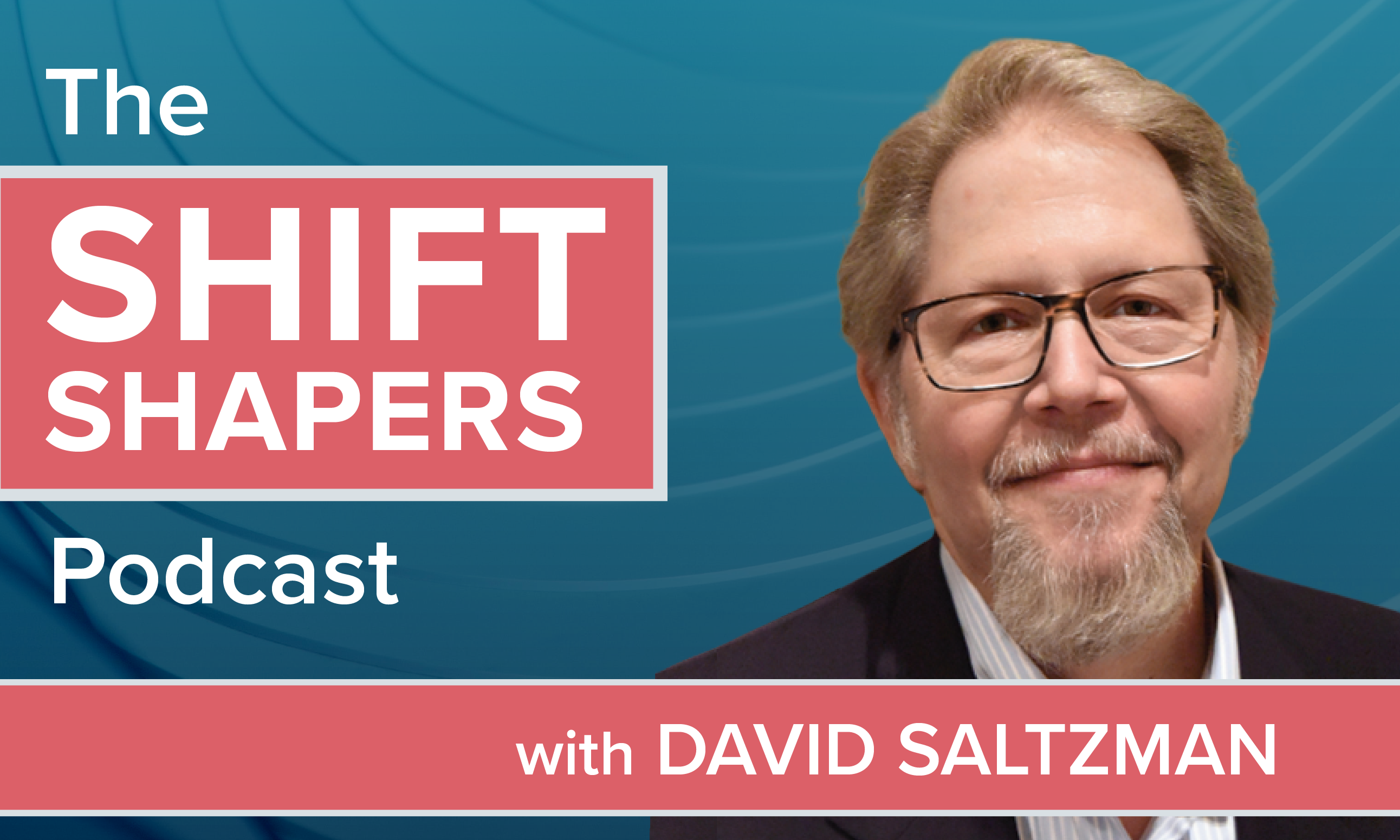The Affordable Care Act completely changed the employee benefitslandscape in the U.S., but the pace of change is only expected toincrease over the next 10 years. A national study conducted byAflac looks ahead at where the health care industry is expected tobe in 2025 and the emerging trends benefit brokers need to act ontoday to succeed. Specifically, the findings:
- Predict a purchasing process that puts the next generationconsumer in more control.
- Detail aspects of a redefined set of responsibilities for theemployer in the benefits decision-making process.
- Highlight the influence innovative technologies may have onhealth care services and delivery.
As the landscape continues to move due to shifting workforcedemographics and rising health care costs, the industry will seeconvenience, speed and transparency fuel consumerexpectations.
|The next-generation consumer expects a retail-likeexperience, even when buying insurance
|In an age of increasing electronic communication and devotion tosocial media, the next generation of health care consumers willbecome conditioned to do their own research about companies,products and services. The Healthcare 2025 study found that morethan half (51 percent) of consumers already expect online toolsthat provide health care treatment options and costs, and 46percent expect to see doctor, hospital, nursing home and othertypes of provider ratings online.1 Theseconsumers, known as Gen Z, have higher expectations and demandtransparency like no other generation before them. Since they aretaking on more cost and responsibility for their health andfinancial wellness, statistics predict that they will force thehealth care industry to innovate and stay on par with the digitallydriven customer service experiences they have with other industrieslike retail.
||The relationship between employers and employees will beredefined, with employers expected to inspire confidence and trustfrom employees
|As consumers take the reins and more employers move to definedcontribution plans, the future employer will need to demonstrateimproved support for employees’ benefits decision-making, includingproviding more information, customization, ease of use andsimplicity of the process. The Healthcare 2025 study found thatless than half (46 percent) of workers have complete confidence inthe decisions they made during their last open enrollment forbenefits, and only 23 percent of employees strongly agree that theytrust the information and decision-making tools their employerprovides during their health insurance enrollment process. Anemployee’s perception of their employer is tied to theirsatisfaction with benefits, which means in the future, attractingand retaining good employees may depend on the level of support acompany provides them in managing their health andwealth.
|Technology innovations will enable more personalizationand convenience
|Wellness and prevention are expected to become morepersonalized, with real-time data transforming the preventivehealth care market, according to the Healthcare 2025 study.Advancements in diagnostic technologies, such as ingestible smartpill technologies, will likely inform patients and their doctors ofrisk factors, and possibly provide a blueprint for a personalizedhealth care action plan and the mix of core medical and voluntarycoverages that best complement it. According to the study, nearlyone-third of employers agree that wearables will be linked tophysicians’ offices so that the physician can determine care issuesand treat remotely. It’s also possible that real-time sensor datacould be used to provide health risk predictive modeling to helpclients develop health plans.
|Changes in the health care industry are inevitable, but brokerpartners and insurance companies are anticipating and strategicallypreparing for it. Millennials’ and Gen Zers’ dominance in theworkplace in 2025 will shape the way benefits advisors compileportfolios in the next 10 years, and it’s the job of healthinsurance providers to create compelling customer experiences thatbolster satisfaction, trust and brand loyalty to help give advisorsa competitive advantage.
|[1] Aflac. “Healthcare 2025” study. Conducted by ResearchNow on behalf of Aflac and fielded online in the United Statesbetween July 23 and July 28, 2015, capturing responses from 1,024employers and 2,047 consumers. Learn more ataflac.com/roadmap2025.
|This article is for informational purposes only and is notintended to be a solicitation.
|N160186 7/16
|Complete your profile to continue reading and get FREE access to BenefitsPRO, part of your ALM digital membership.
Your access to unlimited BenefitsPRO content isn’t changing.
Once you are an ALM digital member, you’ll receive:
- Critical BenefitsPRO information including cutting edge post-reform success strategies, access to educational webcasts and videos, resources from industry leaders, and informative Newsletters.
- Exclusive discounts on ALM, BenefitsPRO magazine and BenefitsPRO.com events
- Access to other award-winning ALM websites including ThinkAdvisor.com and Law.com
Already have an account? Sign In
© 2024 ALM Global, LLC, All Rights Reserved. Request academic re-use from www.copyright.com. All other uses, submit a request to [email protected]. For more information visit Asset & Logo Licensing.









